Genre Other. Page - 300

Description
Father Brown, G. K. Chesterton’s crime-solving Catholic priest, is back in this second collection of Father Brown short stories.
In this collection, Brown is joined by his sidekick, the former arch-criminal Flambeau. Brown is directly involved in the investigations less frequently than in The Innocence of Father Brown, and several of the stories don’t even feature murder. Despite this, the shorts each feature Brown solving a mystery using his characteristic insight into human nature and morality.
The stories in this collection were initially published in various serials, including McClure’s Magazine and The Pall Mall Magazine. Chesterton arranged them in this collection almost in order of publication.
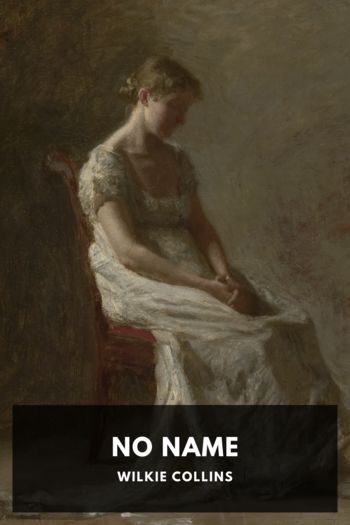
Description
No Name is set in England during the 1840s. It follows the fortunes of two sisters, Magdalen Vanstone and her older sister Norah. Their comfortable upper-middle-class lives are shockingly disrupted when, after the sudden deaths of their parents, they discover that they are disinherited and left without either name or fortune. The headstrong Magdalen vows to recover their inheritance, by fair means or foul. Her increasing desperation makes her vulnerable to a wily confidence trickster, Captain Wragge, who promises to assist her in return for a cut of the profits.
No Name was published in serial form like many of Wilkie Collins’ other works. They were tremendously popular in their time, with long queues forming awaiting the publication of each episode. Though not as well known as his The Woman in White and The Moonstone, No Name is their equal in boasting a gripping plot and strong women characters (a rarity in the Victorian era). Collins’ mentor Charles Dickens is on record as considering it to be far the superior of The Woman in White.

Description
Ernst Theodor Amadeus Hoffmann was a contemporary of Ludwig von Beethoven: a composer himself, a music critic, and a late-German-Romantic-movement writer of novels and numerous short stories. His incisive wit and poetic imagery allow the reader to peer into the foibles of society and the follies of human psychology. (In fact, Hoffmann’s wit may have gotten him into a bit of legal trouble, as parts of Master Flea were censored and had to be reworked when authorities disliked certain satirical criticisms of contemporary dealings of the court system.)
Join gentleman bachelor Peregrine Tyss as his life as a recluse takes a twist, when he gains an epic advantage of tiny proportions. Part proto-science-fiction and part Romantic fantasy, Master Flea follows the fate of a mysterious, captivating princess at the intersection of numerous suitors, human and insect. Like a lesson from a fable or a tale of classical mythology, Hoffmann’s fairy-tale allegory shows how seeking forbidden knowledge can poison the soul, and how following the heart can heal it.
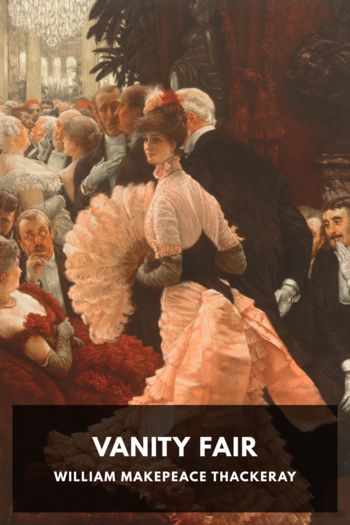
Description
Vanity Fair is perhaps Thackeray’s most famous novel. First serialized over the course of 19 volumes in Punch Magazine and first printed as a single volume in 1849, the novel cemented Thackeray’s literary fame and kept him busy with frequent revisions and even lecture circuits.
The story is framed as a puppet play, narrated by an unreliable narrator, that presents the story of Becky Sharp and Emmy Sedley and the people in their lives as they struggle through the Napoleonic Wars. The story itself, like many other Thackeray novels, is a satire of the lives of the Victorian English of a certain class. Thackeray packed the novel with allusions, many of which were difficult even for his contemporary readers; part of the heavy revisions he later made were making the allusions more accessible to his evolving audience.
As part of his satirical bent, Thackeray made a point to make each character flawed, so that there are no “heroes” in the book—hence the subtitle “A Novel Without a Hero.” Thackeray’s goal was not only to entertain, but to instruct; to that end, he wanted the reader to look within themselves after finishing the unhappy conclusion, in which there’s no hint as to how society might be able to improve on the evils shadowed in the events of novel.
Vanity Fair received glowing praise by its critical contemporaries, and remains a popular book well into modern times, having been adapted repeatedly for film, radio, and television.
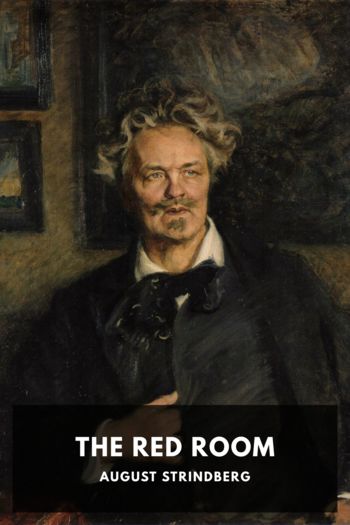
Description
August Strindberg’s novel The Red Room centers on the civil servant Arvid Falk as he tries to find meaning in his life through the pursuit of writing. He’s accompanied by a crew of painters, sculptors and philosophers each on their own journey for the truth, who meet in the “Red Room” of a local restaurant.
Drawing heavily on August’s own experiences, The Red Room was published in Sweden in 1879. Its reception was less than complimentary in Sweden—a major newspaper called it “dirt”—but it fared better in the rest of Scandinavia and soon was recognised in his home country. Since then it has been translated into multiple languages, including the 1913 English translation by Ellise Schleussner presented here.

Description
The Great Lisbon Earthquake of 1755 leveled the city of Lisbon and surrounding areas, and killed perhaps as many as 100,000 people. It came at a decisive time in the history of western thought: the melding of Faith, Philosophy, and Science into a post-enlightenment rational view of the universe. In some sense mankind had just begun to believe he had the universe figured out when the universe struck back with a tragedy so terrible in scale it could not be fit into any box of understanding. It was not predicted. It could not have been prevented. It was not rational. And it certainly could not have been the will of a benevolent God.
Lisbon was only one moment in a much larger context—industrialization was upending a pre-historic way of life, science was upending nature, and the first great republics in America and France were about to upend previously unchallenged forms of government. It was the awe, inspiration, and uncertainty of all this change that gave rise, ultimately, to Romanticism in art, literature, and music.
J. W. von Goethe is, by some accounts, the father of the romantic period in literature, or at least the proto-romantic Sturm und Drang (“Storm and Stress”) period. And The Sorrows of Young Werther was its genesis. It was Goethe’s first major work, an immediate sensation upon publication, and made Goethe a household name.
While Voltaire parodied rationalism in Candide, Goethe transcended it with the semi-autobiographical story of Werther, a young man governed more by his emotions than his reason, whose only employment is his delight in the romantic ideals of the pastoral lives he finds in the rural town of Walheim. There he also finds Charlotte, and in her an idealized but unobtainable old-world domesticity. Werther’s internal dialog about his growing obsession with Charlotte, and his inability to cope rationally with the fact that she is engaged to—and in love with—another man, form the bulk of the book in the form of a series of ever more intense letters to a friend.
Werther’s descent into sorrow has captivated readers for centuries, helped by Goethe’s intensely beautiful prose (translated here by R. D. Boylan), enchanting imagery, and obvious reverence for nature and a dying past.

Description
Little Fuzzy is a science fiction novel set on the planet Zarathustra, a world rich in natural resources being exploited by a huge chartered company from Earth. Jack Holloway is a free-lance sunstone miner working on the outskirts of civilization when he encounters a small, fuzzy animal which turns out to be remarkably intelligent. He soon begins to suspect that “Little Fuzzy” and his family are more than just clever animals, but in fact a new sapient alien species. Such a proposition is directly opposed to the interests of the chartered Zarathustra Company, and conflict ensues.
Published in 1962, Little Fuzzy rapidly gained popularity due to the charming nature of the little aliens and the well-handled tensions of the plot. It is today considered to be a classic of the genre, though perhaps considered to fall into the category of juvenile fiction. It was followed by a sequel, Fuzzy Sapiens in 1964.

Description
The first anthology of short stories by Jack London, Lost Face tells seven stories about the Klondike gold rush. In “Lost Face,” the fur thief Subienkow faces gruesome torture and execution by a tribe of Indians, armed with only his wits. “Trust” is a story about the dangers of the Yukon River. Jack London’s best known short story, “To Build a Fire,” tells the story of a nameless man and his dog attempting to survive in the frozen Northern Territory. In “That Spot,” the eponymous Spot is a very unusual Yukon sled dog. “Flush of Gold” is a love story set against the harsh backdrop of the Yukon. “The Passing of Marcus O’Brien” deals the tale of the fair-but-tough Judge Marcus O’Brien in the settlement of Red Cow. “The Wit of Porportuk” tells the tale of El-Soo and Porportuk, two Indians among the white settlers.
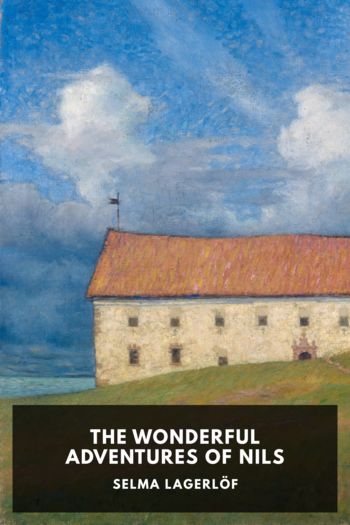
Description
In The Wonderful Adventures of Nils, Selma Lagerlöf tells the story of Nils Holgersson, a young boy who is transformed into an elf after a set of misdeeds. Escaping with his family’s farm goose he joins up with a flock of wild geese and travels with them across Sweden as they return to their annual nesting grounds in Lapland.
The story was originally written as a commission for the Swedish National Teachers’ Association to write a geography book for children and has become a firm favourite in the country. It’s been adapted for screen many times, translated into over 30 languages and, until recently, was the artwork on the 20 krona banknote.
Although originally published in English in two volumes—the second starting at “The Story of Karr and Grayskin”—here they are presented as a single combined story.
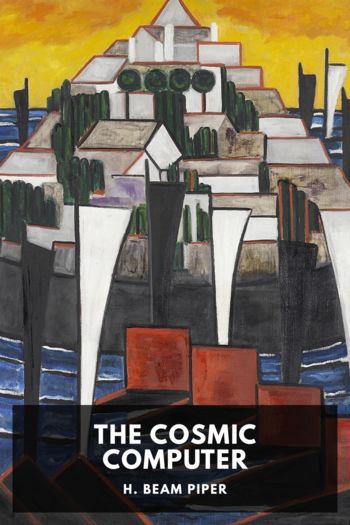
Description
The Cosmic Computer is a 1963 science fiction novel by H. Beam Piper based on his short story “Graveyard of Dreams,” which was published in the February 1958 issue of Galaxy Magazine.
The action largely takes place on the planet Poictesme, which is full of abandoned military installations and equipment—hence the novel’s original name, Junkyard Planet. Young Conn Maxwell returns from Earth with long-awaited news about Merlin, a military computer with god-like abilities long rumored to be hidden somewhere on Poictesme. Though convinced that the story is just a myth, Conn and his father use the purported search for Merlin to drive the revitalization of the planet’s economy. In the process, they discover far more than they expected.
As was typical for science fiction novels of the pulp era, there is little character development and women play a minor role, with romance given only a token treatment. The emphasis is on the conflicts over the spoils of the planet and the fiercely competitive search for the titular “cosmic computer.”